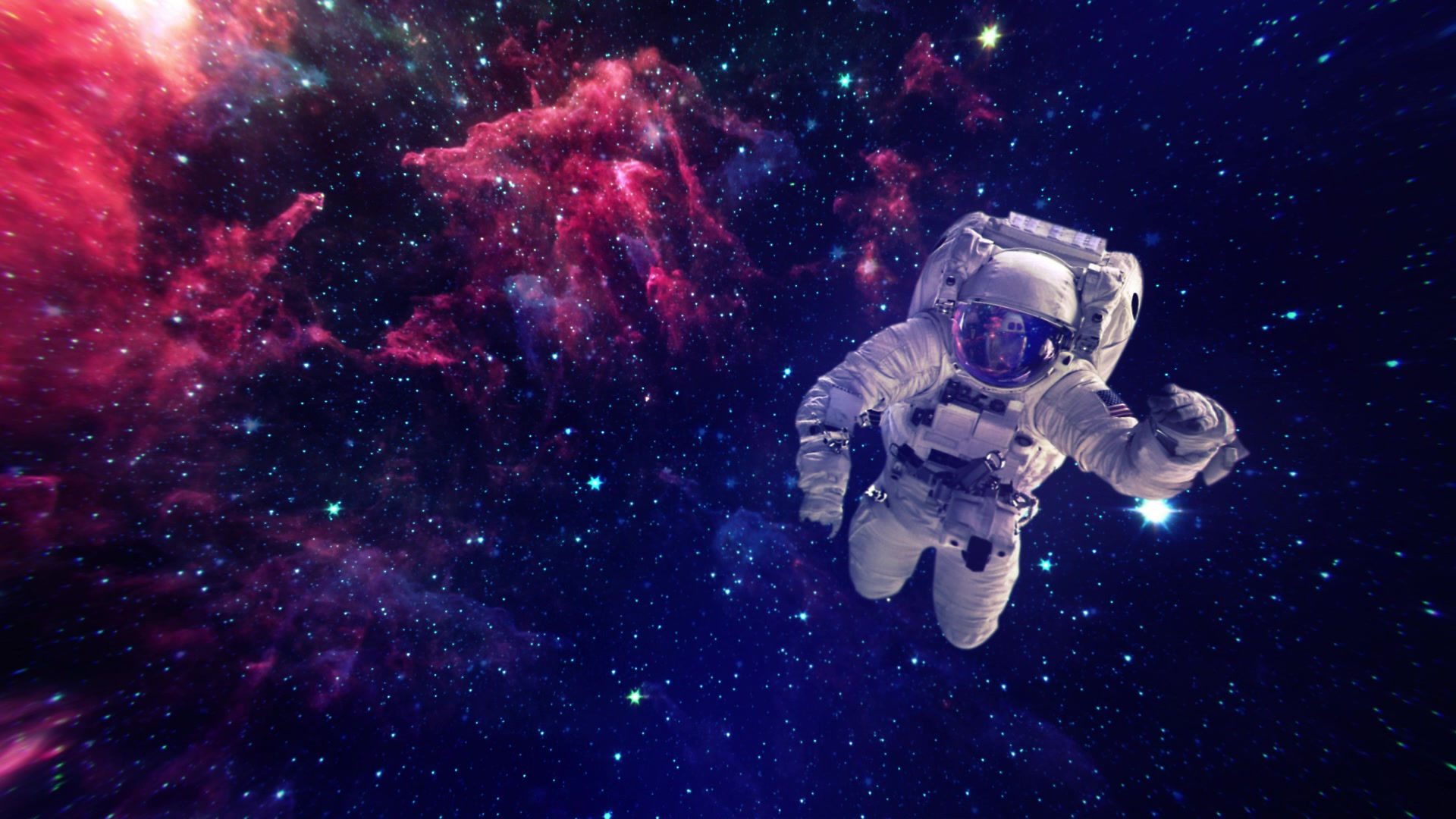Concept Statement
- Amelia
- Jun 17, 2018
- 3 min read
In the current age of the Anthropocene, human activities have significantly altered the natural trajectory of our planet’s ecological systems and geology. Healer-1 is a piece which features a set of visual and auditory components, juxtaposed to relay notions of duality and forbearance. It invites us to reassess how we denote the value of the resources made available to us, particularly as a society driven by reckless consumerism.
Users interact collaboratively with the piece, by holding down a combination of buttons which generate layered soundscapes, sampled from the constituents of various social and organic abstracts, in turn reflected in the surrealist projections of the planet alternating between extreme phases of climate discord and harmony.
Through those interactions, we are able to explore issues that deal with the environment, by capturing the ominous ambience of mass-production factories, complemented by dumpster trucks operating in landfill along with the sound of single-use plastic bags rustling in the wind, all set against an array of projected imagery that delve into both nature and humanity’s capacity for destruction and generosity.
By harnessing a dynamic of sound, imagery and collaboration, the work opens itself up to critical examination that can be carried out in a shared experience. Our project evolved out of the desire to bring about positive change through a community-focused initiative that uses art as a way to grab people’s attention and interactivity to get people curious and involved. Originally conceived as an event-based project, we recognised a gap in the advertising market for an evolved marketing scheme for charities, relevant to the new age of influencer marketing, that stemmed beyond that of sponsored posts and paid influencer promotions. Although current forms of advertising are working for the target demographic now, future generations have the biggest say over the future of the industry. How will charities best reach new audiences in a few years time when millennials begin to have secure, deposable income? Through the use of art and creativity, we wanted to create a new dialogue for charitable marketing. By encouraging the audience to post about the installation on social media, the message gains exposure to an actively engaged audience for free.
Current popular methods can be seen as shocking or confrontational, such as TV advertisements. They are in-your-face, but not particularly engaging. We surveyed 100 people over the span of 2 weeks from various demographics and social media sources. 63% of people surveyed reported they are indifferent when viewing the ads, and 9% even reported that they would take action to actively avoid them. 76% overall believed that these tactics were not beneficial to charities. We found these methods were too one- sided, and did not have the ability to gain feedback from audiences, so we introduced interactivity as a way to combat this.
Over the semester the project evolved through a range of developments which introduced new ideas and influences. The final piece; an installation communicating our message of environmental awareness and a call for unity - without the need for further investigation into the concept festival. Our installation engages the audience as anticipated, however lacks a distinct or ‘grabbing’ call to action that encourages the audience to engage with the broader concept festival.
Originally when all 4 buttons were pressed we aimed to have a video advertising the festival. We felt however, that the message of the installation was lost, since there was no clear link between the united interaction and the positive projected future. After viewing how audiences interact with the piece, traffic to the website was disappointingly low. Our poster provides the invitation and QR code linking to our website, but the art is able to be understood without it. A future iteration of this project would include another element that requires the audience to view more about the charity should they wish to complete the interaction with the installation or understand it more. It would evoke curiosity as well as engagement.

Comments